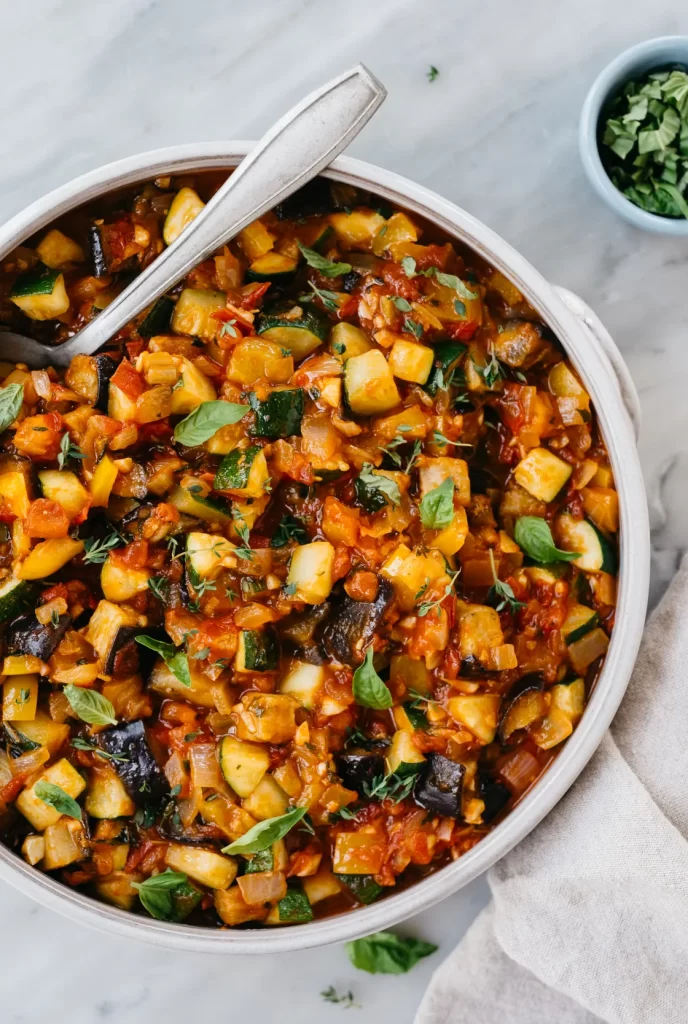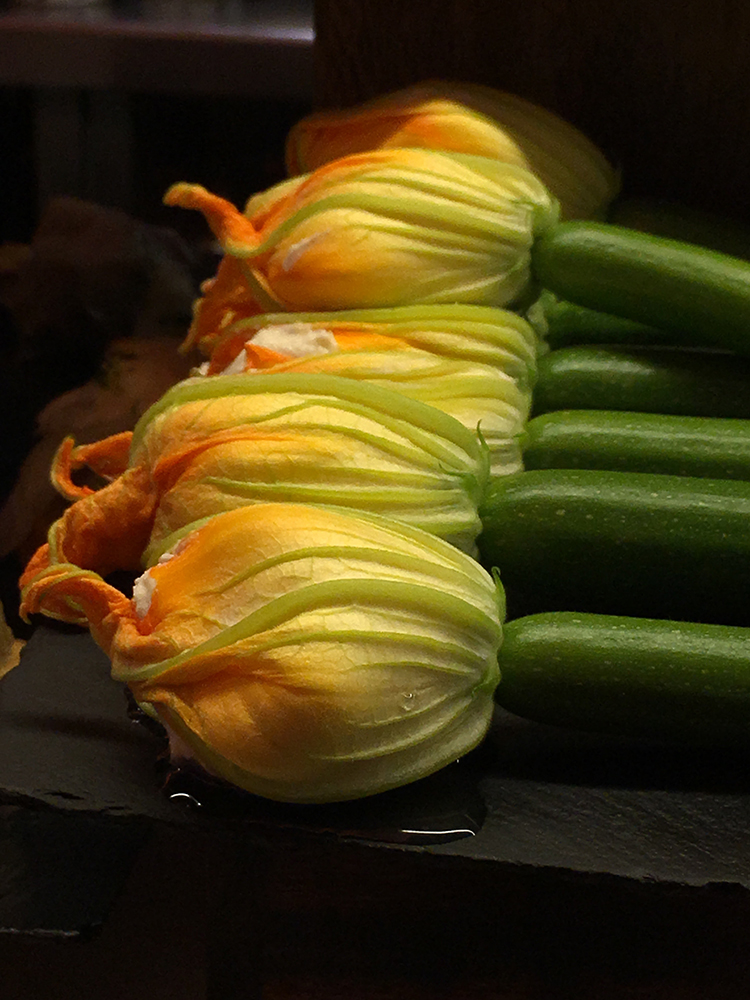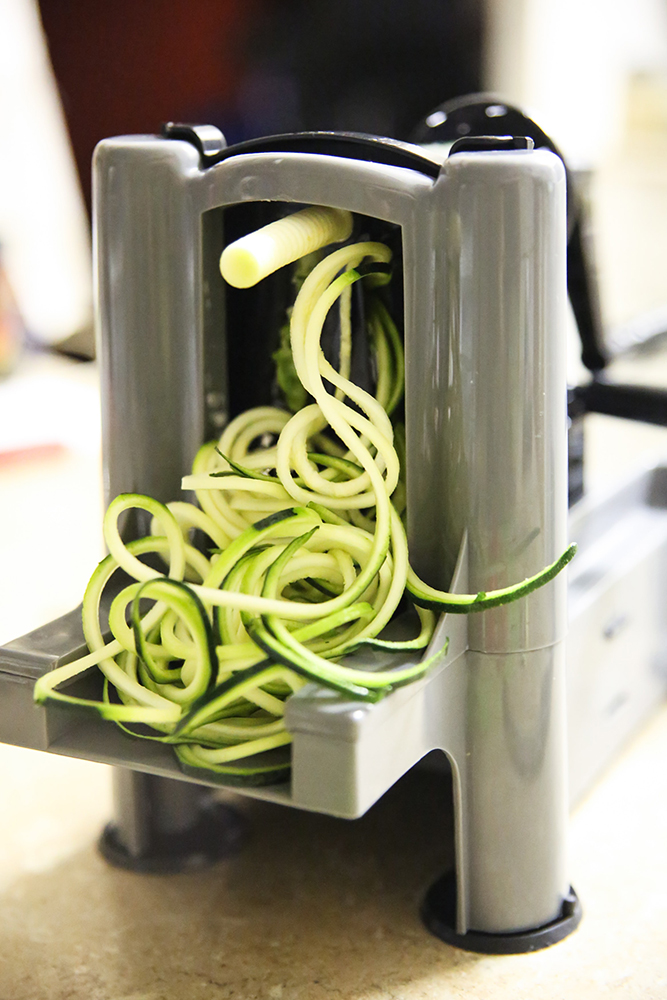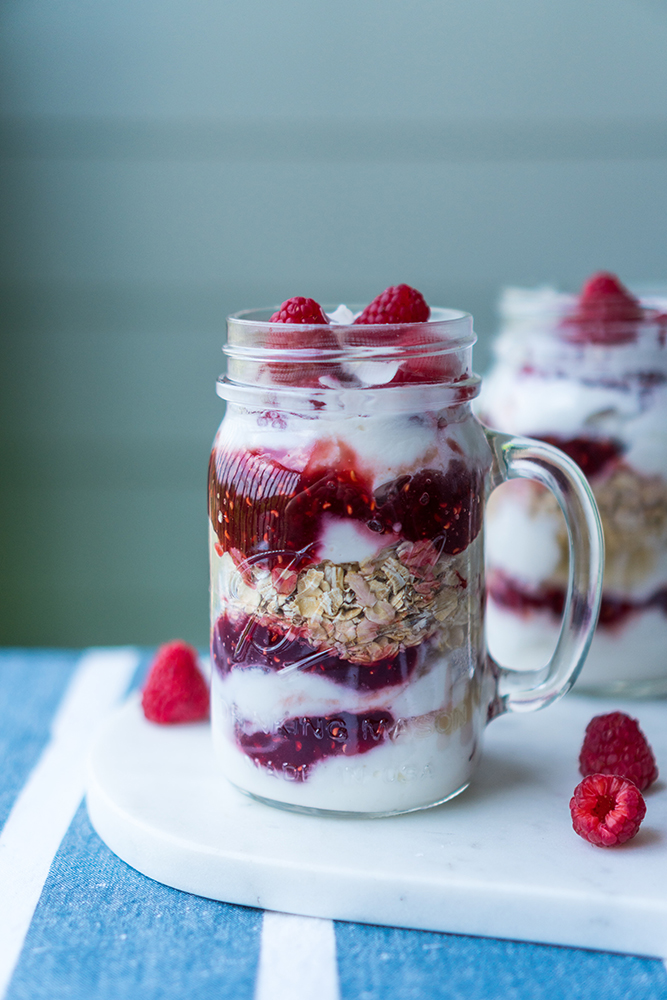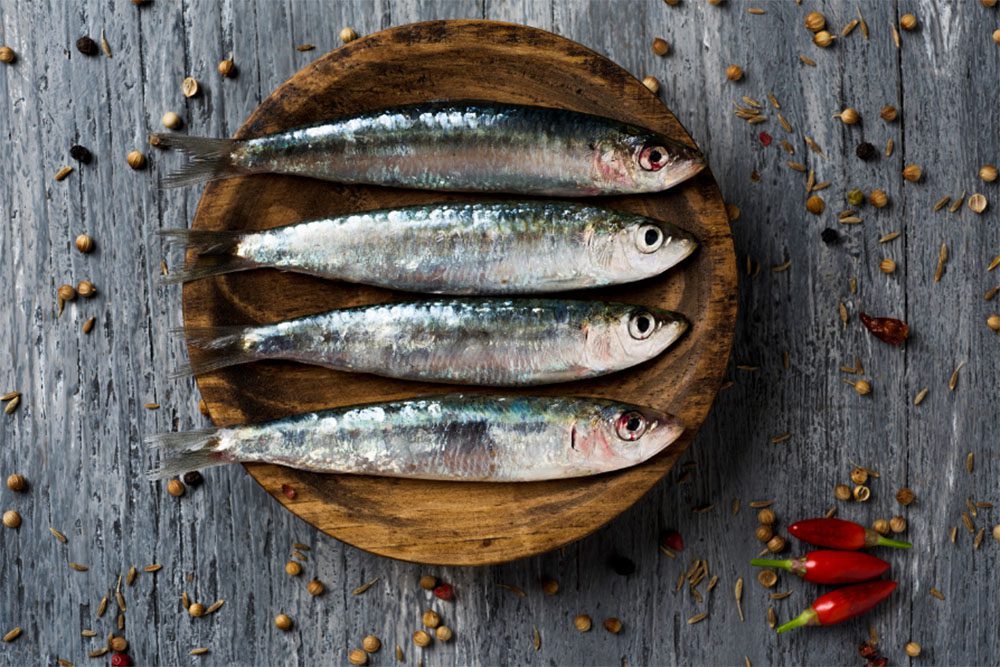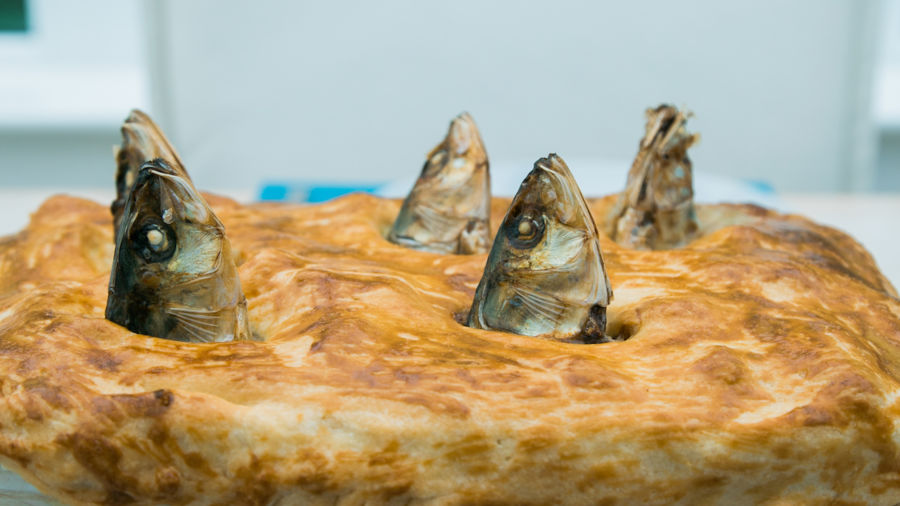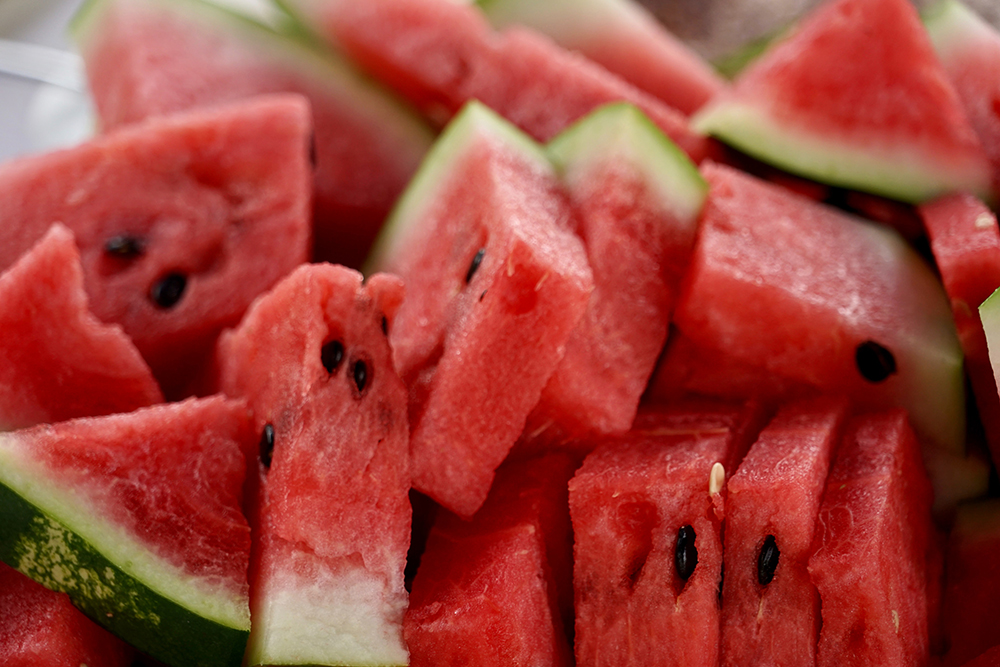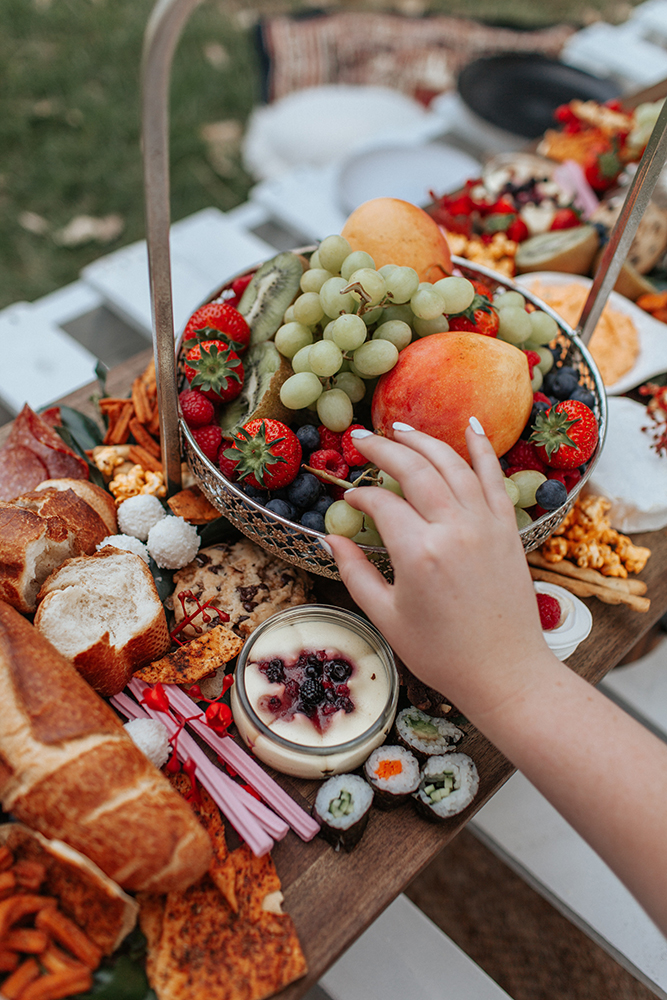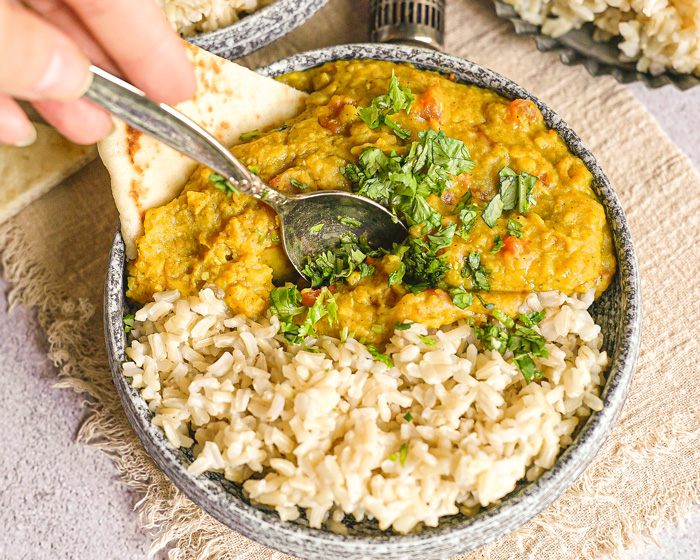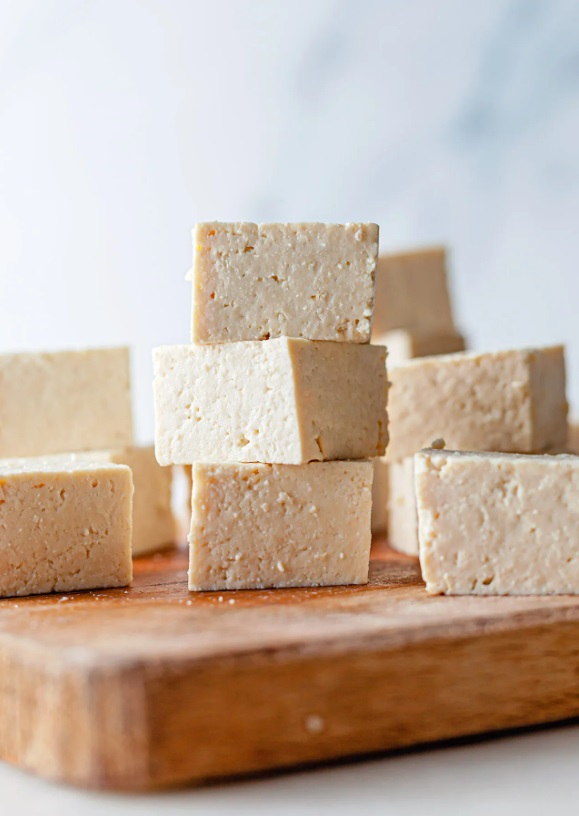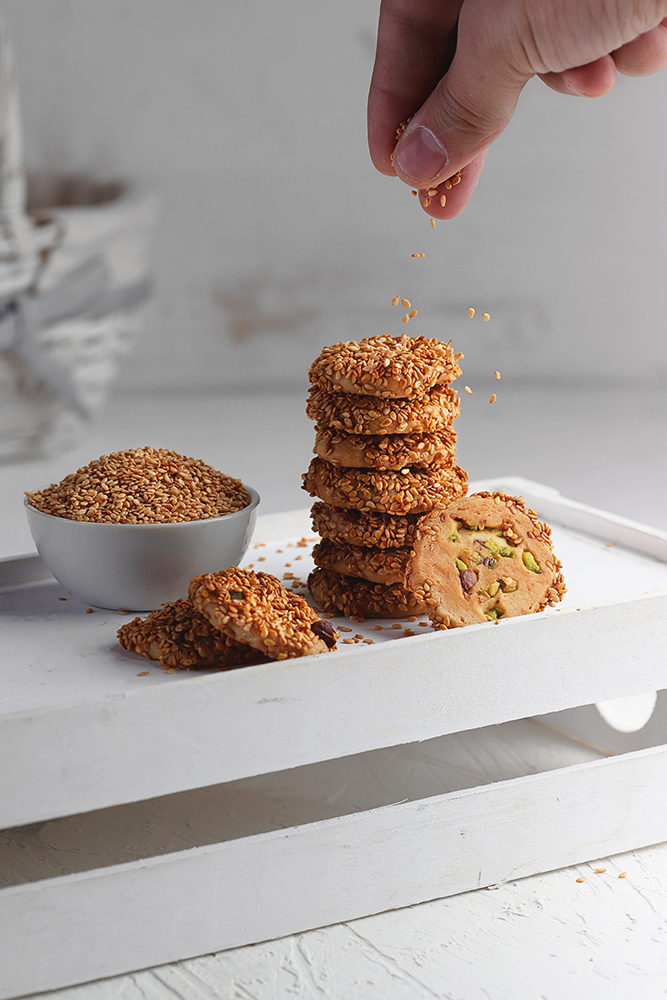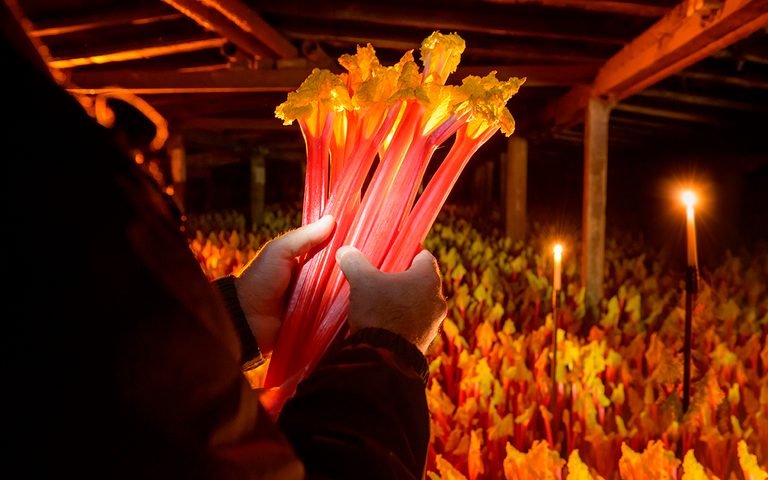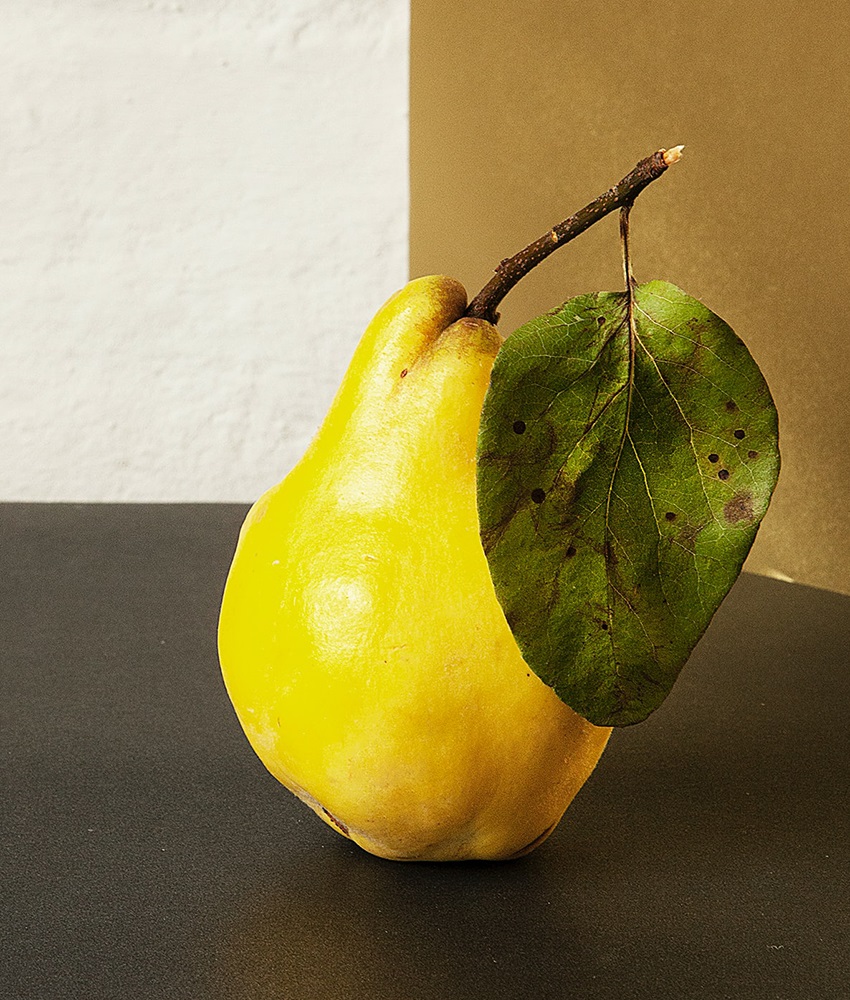If you have seen my Theme Reveal for the A2Z Challenge 2022, then you will know that I am writing about becoming Vegetarian gradually as a response to the crisis in food supply chains sparked by the pandemic and made worse by the WAR in Ukraine. As well, I am keeping to the theme I originally planned of food which can be eaten in its own right as well as becoming an ingredient in other dishes…
Today, as we are willingly, or unwillingly, being led down the path from meat and two veg, to Vegetarian or even beyond, to Veganism, I thought I would try and outline the whole spectrum along with the pros and cons – starting at meat and ending with veg. These are not comprehensive essays but merely a few thoughts…
The Atkins and the Keto Diets
I remember watching a documentary about how scientists were trying to work out why people on the Atkins diet worked to cause weight loss when – by their calculations, it shouldn’t. People on the diet enthused as to how they could eat as much meat as they liked and even lashings of cream because they were allowed on the diet, but at the end of the film, the scientists looked d at how much the people were actually eating and found that it was not as much as they made it sound – eating proteins satisfy your hunger much quicker than eating carbs. and that is what the Atkins Diet and the Keto Diet have in common – they are low-carb diets, but they also have significant differences, with the Keto diet aiming to keep you in a state of Ketosis (where the body is forced to consume it’s own fat in the absence of carbohydrate). Atkins gradually returns your carbohydrate consumption to nearer to normal levels – although at a final 100gms it is still well below the 250gms of carbohydrate most Americans consume daily.
Both these diets can help to lose weight, and for Type 2 or even Type 1 Diabetes sufferers, they can both reduce the need for medication, but they are both difficult to stick to and generally involve a lot of meat-eating. You can find more about them here.
The Omnivore and Flexitarian Diets
The Omnivore (eats anything) is what many people regard as the norm, but in the world we are entering – climate change (contributed to by deforestation to raise methane-producing animals), threats to the global supply chain, cost of meat, health issues, ethical concerns for animal welfare, global food (and water) inequality, mean that the move to, at the very least, a reduction in the meat element of the diet, is desirable, and this approach is called Flexitarian and is what I have been nudging towards in this year’s A2Z Challenge. The Flexitarian diet is less about restrictions and more about adding plant-based diversity to the diet with its concomitant health benefits. More plant-based elements in your cuisine will improve your take up of micronutrients, vitamins, minerals, and phytochemicals and reduce the risk from animal additives like antibiotics and growth hormones. You can still indulge in a dirty burger at a barbeque – occasionally – but as you explore the flavours and diversity of plant-based eating, you may find that the craving for meat reduces naturally. This approach will have health benefits all around without great pain…
Pescatarian Diet
One compromise in order to retain some intensive animal protein and to avoid the lack of B12 and Omega 3 fatty acids, is to eat vegetarian but with the addition of seafood as a protein source. Some pescatarians will also eat dairy and eggs. As with all aspects of food choice, there are some difficult aspects – for example, huge factory ships hoovering up the fish stocks of poorer nations due to corrupt rulers selling off the rights to the fishing, overfishing generally, and bycatch, where unwanted species or too small fish are thrown back (dead) or large fish such as dolphins or sharks die in nets. So there is a need to choose sustainable fish if you go down this route…
Vegetarian Diet
I think by now, that I have covered the many benefits of choosing a Vegetarian lifestyle, better in many ways for you the individual, but also much better for the environment, not to mention animals. If all animals were raised in good conditions, it would still be an ethical issue as to whether it is right to kill and eat them, but in order to keep meat cheap, animals are frequently raised in sub-optimal conditions, are given antibiotics routinely to mitigate against their poor conditions, suffer stress and are consequently not even the best that meat can be. Becoming vegetarian can improve health provided some precautions are observed with respect to Vitamin B12 and Omega Fatty Acids, typically heart and diabetic issues, but I think it is prudent to discuss any drastic change in diet with your doctor.
Vegan Diet
Going fully Vegan is quite a big step, even from being Vegetarian. Once you drop all animal products such as eggs, honey and dairy, then you have to work harder to include sufficient protein. The reason milk is off-limits is that cows must give birth in order to produce milk and so for the males it’s curtains pretty much straight away and so you are part of the meat industry. Some people do not realise this because we are all so divorced from the source of our food. Personally, I am not bothered by collecting honey since the management of the beehives allows for this without damaging the bees and since the commercial use of bees to pollinate crops such as Almond trees, generates so much honey, it’s hard to imagine what you would do with this sweet byproduct. So both diets such as the Atkins or Keto, at one end of the spectrum, and Vegan at the other, require big shifts in relationship to food and eating and probably need monitoring loosely, by a health professional.
Joy!
“It is easy to lose sight of the fact – especially when the word diet appears frequently on a post, that eating is meant to be a joy and not just a maintenance task! I hope that I have brought some of my own joy in the recipes that I have brought to the table, and certainly your comments have told stories of your own experiences of food – up to and including joy. Here are some of my favourites…
“I’m a guinea pig and I eat only vegetables, and I eat them raw. But you probably want to know more about my Mummy. She’s been vegetarian since 1986, but she eats cheese. She doesn’t eat fish or meat and avoids eggs.
She’s been doing quite well on her eating programme to lose weight until Easter. I think she should go back to it, even if it does mean she spends longer in the kitchen every day.
She says the problem with most people going vegan these days is they don’t eat a balanced diet – beans and lentils are essential, not ‘meat-free’ products they substitute meat-looking dishes with.
I only wrote that because she told me to. 🙂
Ludo” – https://how-would-you-know.com/2022/04/urid-dal-umeboshi-and-you-pronounced-u.html#comment-562
“Ah I am from India and connect a lot with Urad dal. You can use it to make anything from dosa (crepes) batter to fritters. Just ping me if you need any recipe and I’ll share the easiest and perfect ones with you! You would generally need to soak urad dal for a couple of hours to make anything for better and quicker results. “ – https://how-would-you-know.com/2022/04/urid-dal-umeboshi-and-you-pronounced-u.html#comment-561
“Is it an indication of my proclivities that your Tofu image looks like Indian sweets to me? (And now I want some).
Thanks for the “fun” fact about diabetes. I’m on that road, and trying to reduce my sugar intake. Very difficult. Hoping dates will help.” – https://how-would-you-know.com/2022/04/tofu-tomatoes-and-type-2-diabetes.html#comment-559
“I’ve never eaten rhubarb… keep hoping someone will make me a pie with it someplace so I can try. I don’t like making foods I’ve never eaten. LOL” – https://how-would-you-know.com/2022/04/rhubarb-and-the-return-of-mrchantilism.html#comment-537
“Love this connection and all the research involved. I love rhubarb because my grandfather grew it in backyard of the house where I lived as a kid.” – https://how-would-you-know.com/2022/04/rhubarb-and-the-return-of-mrchantilism.html#comment-548
“I was never a huge fan of olives – black on a pizza or kalamata in a salad – until we visited Turkey and they served a plate of olives to nibble on while perusing the menu. My husband never cottoned on to olives, but I became a convert.
I’m fortunate to live in a part of the world where most foods are fresh, not prepackaged, preservative-laden, and prepped in bulk to be shipped to chain restaurants.
Visiting from A to Z
Doesn’t Speak Klingon“ – https://how-would-you-know.com/2022/04/olives-and-overeating.html#comment-503
“I would happily overeat on olives, I love them.” – https://how-would-you-know.com/2022/04/olives-and-overeating.html#comment-507
“I look forward to this blog and anticipate what I can learn and add to my diet.
10 years ago my (new) husband was diabetic and weighed over 300 pounds (not sure what that is in Kg). I challenged him to get rid of the diabetes by diet and exercise. 10 years later by introducing things slowly he is a few pounds about 200 and no longer a diabetic. It’s taken changes like a handful of nuts (no salt for us) instead of a bag of crisps. Meat is rarely on his plate.
Your great recipes are adding to my growing recipe book – thanks
What Next – https://how-would-you-know.com/2022/04/nuts-and-nature-naming.html#comment-486
“I belong to the Tamil speaking Brahmin community of South India… we are vegetarians and the orthodox followers refrain from eating even pungent items like garlic, onion and even cabbage. I often have people questioning the lack of proteins in a vegetarian diet but it did not seem so as we do include dairy , lentils and nuts… my grandmother lived upto 92 on an only veg no onion, no garlic diet … and had all her teeth intact ha ha … interesting notes there on the marketing tactics… I was not aware of the wholemeal part
Jayashree writes“ – https://how-would-you-know.com/2022/04/nuts-and-nature-naming.html#comment-489
“I did not used to be a mango fan, I’m still not a fan of the whole fruit (but that’s just me and most fruit), but I do love it pureed. Have a fab recipe somewhere for mango and coconut ice cream, which is mango and coconut milk blitzed and frozen – very easy.
My sister makes a fab steamed treacle sponge in the microwave and I wouldn’t use anything else for melting chocolate these days. I also start all of my jacket spuds in there before popping them in the oven, to reduce cooking time and give a fabulous texture.
Tasha
Tasha’s Thinkings: YouTube – What They Don’t Tell You (and free fiction)“ – https://how-would-you-know.com/2022/04/mangos-miso-and-mirowaves.html#comment-471
“the sussex pond pudding sounds utterly intriguing, both disgusting and delicious. I must try it.” – https://how-would-you-know.com/2022/04/mangos-miso-and-mirowaves.html#comment-472
“I am trying to up my water intake ( for so many reasons), especially during a wickedly humid summer. A squeeze of lemon juice makes it easy peasy, otherwise it’s like feeding brussel sprouts to a three year old.” – https://how-would-you-know.com/2022/04/lemons-and-land-use.html#comment-462
“I love lemons, and you can always count on me to volunteer to cut them, squeeze them, any thing in order to get a bit of the oil from the zest on my hands. I’m hopeless. How absolutely delightful you got to lemon pick from your patio in Crete. And a shop named Zest! How fun.
The land usage facts are pretty compelling aren’t they?” – https://how-would-you-know.com/2022/04/lemons-and-land-use.html#comment-464
“If one sees the love shown by a mother cow to the baby calf or even a mother pig to its piglets with some attention many of the worlds meat eaters would turn vegetarians I feel
Jayashree writes“ – https://how-would-you-know.com/2022/04/lemons-and-land-use.html#comment-492
“”I regularly have to hide veggies in the meals I prepare — I love them, but not everyone I cook for appreciate their deliciousness. LOL.
Ronel visiting for the A-Z Challenge My Languishing TBR: J” – https://how-would-you-know.com/2022/04/jerusalem-artichokes-juicing-and-hide-the-vegetables.html#comment-441
“Yes to frozen baby peas and butter beans (or lima beans)! I prefer frozen peas to fresh, I think they’re sweeter. Corn is one canned veg I prefer to frozen. I think it comes down to the sweetness factor.
I make a lot of freezer jam, which tastes fresher than cooked. I even store my marmalades in the freezer, to not bother with the boiling water bath to seal the jars.” – https://how-would-you-know.com/2022/04/fish-and-freezers-on-the-road-to-less-meat.html#comment-445
“I love the idea of a dehydrator, but are they expensive to run?
I call myself a ‘reducitarian’ (i think coined in the Guardian) and have stopped referring to dinners as ‘vegetarian’ because they have no meat in them, we just call them dinner.” – https://how-would-you-know.com/2022/04/dates-dehydrators-and-the-death-of-globalism.html#comment-407
“I am a carb-loader and absolutely love bread of all varieties! My mother made homemade bread when I was a kid and she still makes dinner rolls from scratch every holiday. She also makes amazing cinnamon rolls whenever I visit. 🙂” – https://how-would-you-know.com/2022/04/bread-in-geopolitics-in-vegetarianism-and-as-an-ingredient.html#comment-379
Of course – not everyone is heading in the same direction of V…
“I stopped eating meat (but not seafood) in high school, and I think it was primarily to irritate my parents. In addition, I was attending a girl’s boarding school, and the meat offerings were gross. Plus it was the ’70s.
This eating style, pescatarian, continued until I turned 40 and succumbed to Bacon. Well, yes, there WERE the occasional Chinese Green Beans with bits of pork prior to that, but I clearly remember standing in a kitchen in Indianapolis scarfing down a slice while frying some for my mid-life crisis boyfriend.
It took another 20+ years to confess to my mom that yes, I now ate (some) meat. I wanted her meatloaf recipe!
Anyhow, it was never anything moral, it was simply youthful diffidence and then flavor (and mouthfeel – still don’t like chewing slabs of meat).
ps: I hear you on the difficulties “pantsing” A-Z. This morning, not only did I have to write the post, I had to create the artwork! (And it took 3 images before I was satisfied). https://www.anne-m-bray.com/blog/177137/atozchallenge-2022-u-is-for-utah“ – https://how-would-you-know.com/2022/04/urid-dal-umeboshi-and-you-pronounced-u.html#comment-558
Well thank you all for your comments and especially Ane for that last brave confession! Only four more letters to go – phew!

